Table of Contents
Introduction to Cardamom
Cardamom, often referred to as the 'Queen of Spices,' is one of the most aromatic and valuable spices in the world. With its unique, complex flavor profile—think sweet, floral, and slightly citrusy—it has been cherished across cultures for centuries. Whether you're a seasoned spice connoisseur or a curious foodie, cardamom offers an exciting journey into the world of flavor.
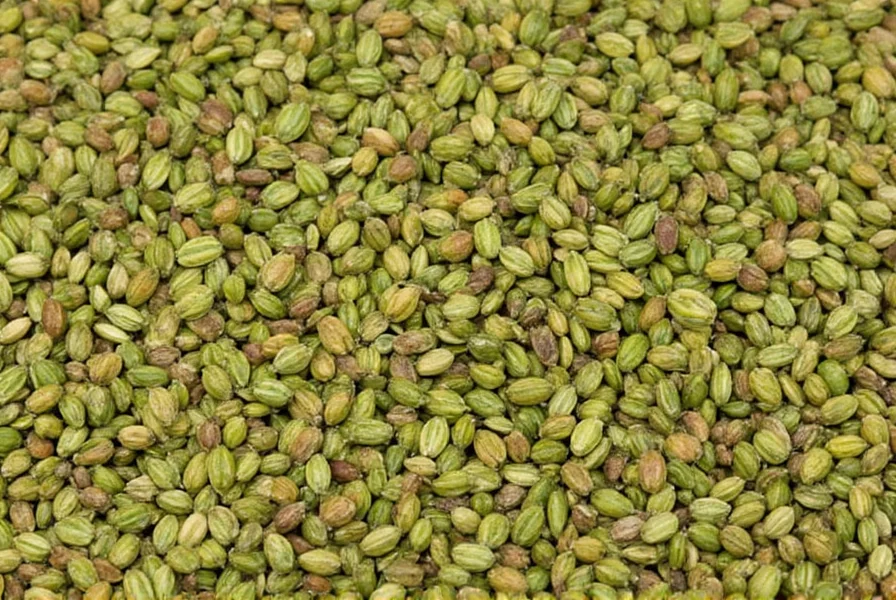
Native to the evergreen forests of South India and Sri Lanka, cardamom comes from the seeds of the Elettaria cardamomum plant. These small, green pods contain tiny, aromatic seeds that are used whole or ground. Its versatility makes it a staple in both sweet and savory dishes around the globe.
Types of Cardamom
There are two main types of cardamom: green cardamom and black cardamom. While they may look similar, their flavors and uses differ significantly.
| Type | Flavor Profile | Best Used In |
|---|---|---|
| Green Cardamom | Delicate, sweet, and floral | Baked goods, desserts, teas, and Indian curries |
| Black Cardamom | Smoky, earthy, and more intense | Indian meat dishes, stews, and broths |
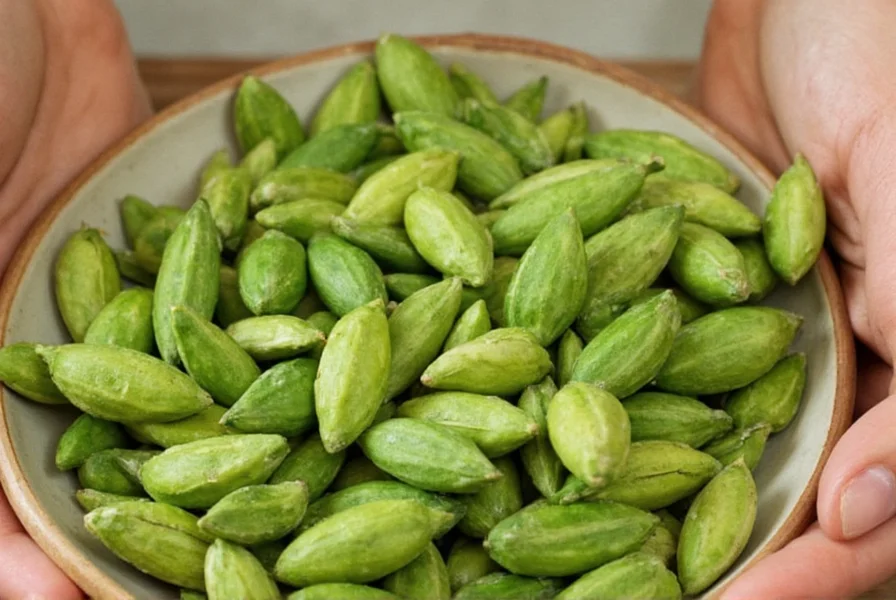
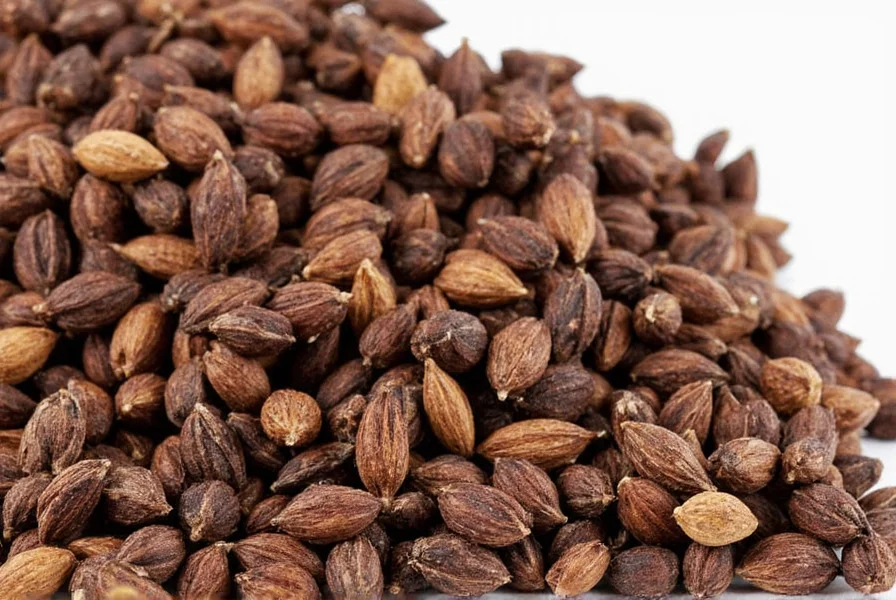
Culinary Uses and Tips
Cardamom’s versatility is one of its greatest strengths. Here are some practical tips and culinary ideas to help you make the most of this magical spice:
- Baking Magic: Add a pinch of ground cardamom to your cookies, cakes, or breads for a warm, fragrant twist.
- Tea Time: Steep crushed cardamom pods in hot water with a bit of sugar for a soothing, aromatic tea.
- Curry Enhancer: Use whole green cardamom pods in Indian curries to infuse deep, floral notes into your dish.
- Desert Delight: Try cardamom in rice puddings, rice kheer, or even in your morning coffee for a luxurious touch.
- Spice Blends: Cardamom is a key ingredient in garam masala, chai spice blends, and other traditional spice mixtures.
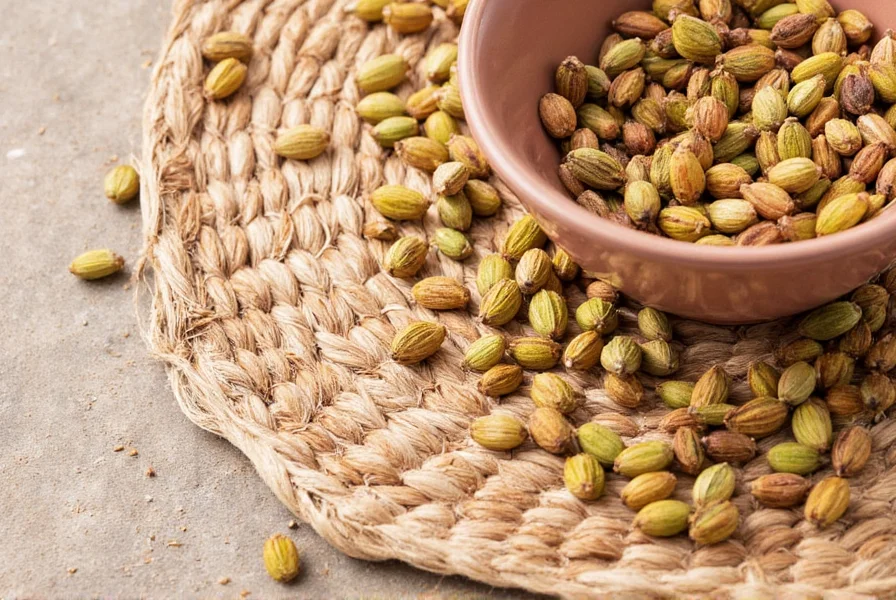
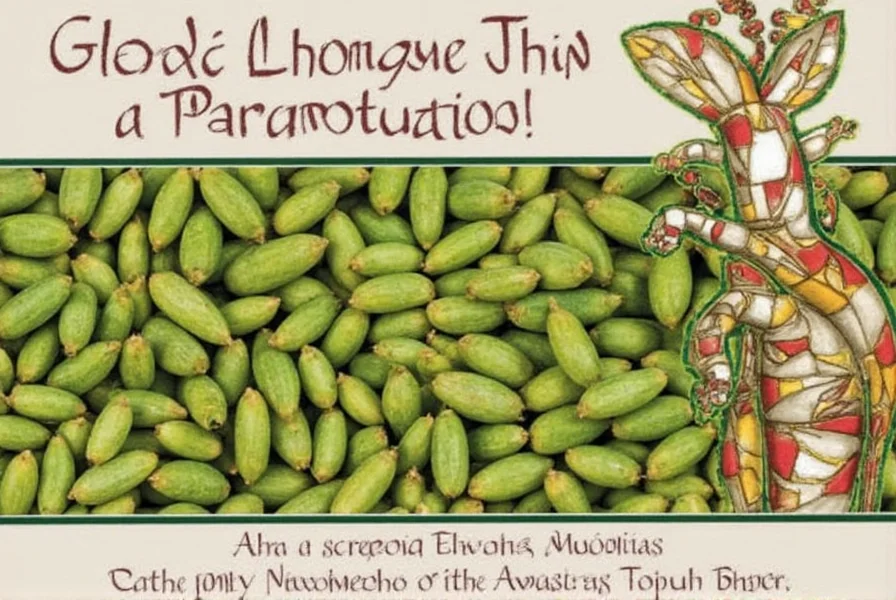
When using cardamom, remember that a little goes a long way. Start with a small amount and adjust to taste. If you’re using whole pods, crush them gently before adding to your recipe to release their oils and aromas.
Buying Guide for Cardamom
Purchasing high-quality cardamom can make all the difference in your cooking. Here's a detailed guide to help you choose the best option:
Green Cardamom
Look for bright green, plump pods with a strong, sweet aroma. Avoid any that are shriveled, discolored, or have a musty smell. Green cardamom is best stored in an airtight container in a cool, dark place.
Black Cardamom
These pods are darker, sometimes almost black, and have a smokier scent. They are usually larger than green ones and are often used in heartier dishes. Like green cardamom, store them in a sealed container away from heat and light.
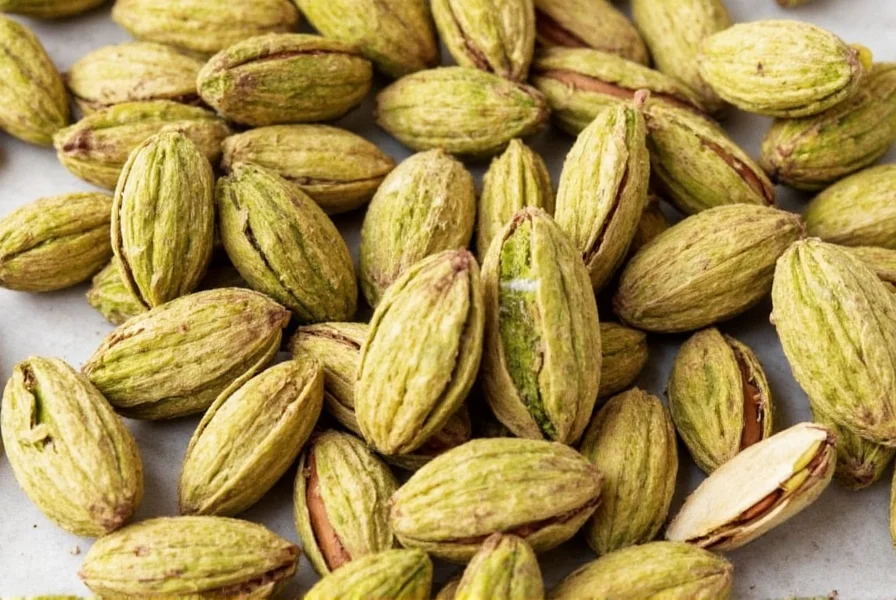

If you're looking for a specific product, here are some recommendations:
- Organic Green Cardamom Pods – Ideal for those who prefer natural, pesticide-free options. Great for baking and beverages.
- Ground Cardamom – Perfect for quick recipes. Choose a brand that uses fresh, high-quality pods to ensure maximum flavor.
- Cardamom Oil – A concentrated form of the spice, perfect for enhancing baked goods or adding depth to sauces and marinades.
For special occasions like weddings, festivals, or holiday meals, cardamom can be a highlight. It pairs beautifully with other spices like cinnamon, cloves, and nutmeg, making it a versatile choice for any spice collection.
Fun Trivia and Cultural Significance
Cardamom isn’t just a flavor booster—it has a rich history and cultural significance. Did you know?
- Historical Healer: Ancient Egyptians used cardamom as a remedy for digestive issues and bad breath.
- Love Symbol: In some cultures, cardamom is believed to bring good luck and is used in wedding rituals.
- Expensive Spice: Due to its labor-intensive harvesting process, cardamom is one of the most expensive spices in the world.
- Global Favorite: From Indian chai to Middle Eastern desserts, cardamom is loved worldwide and is a staple in many cuisines.
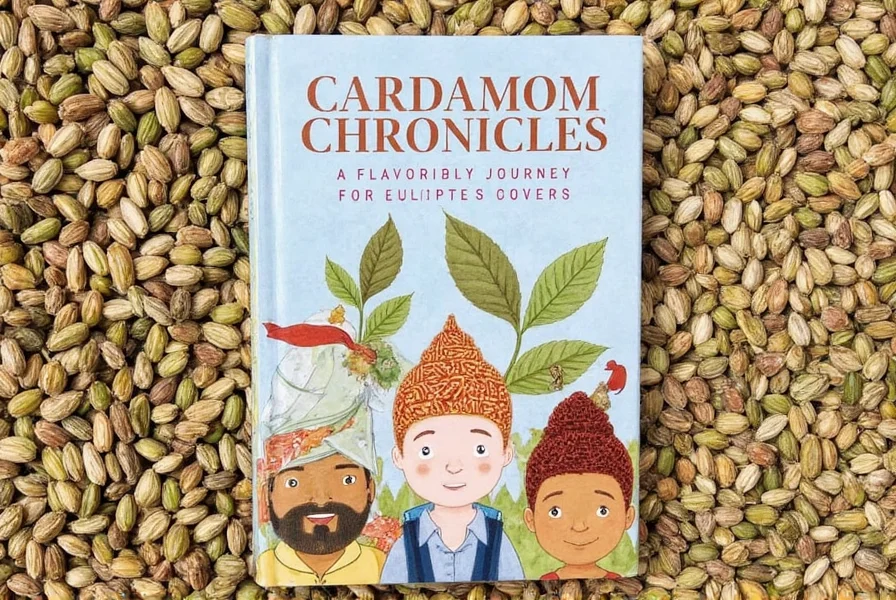
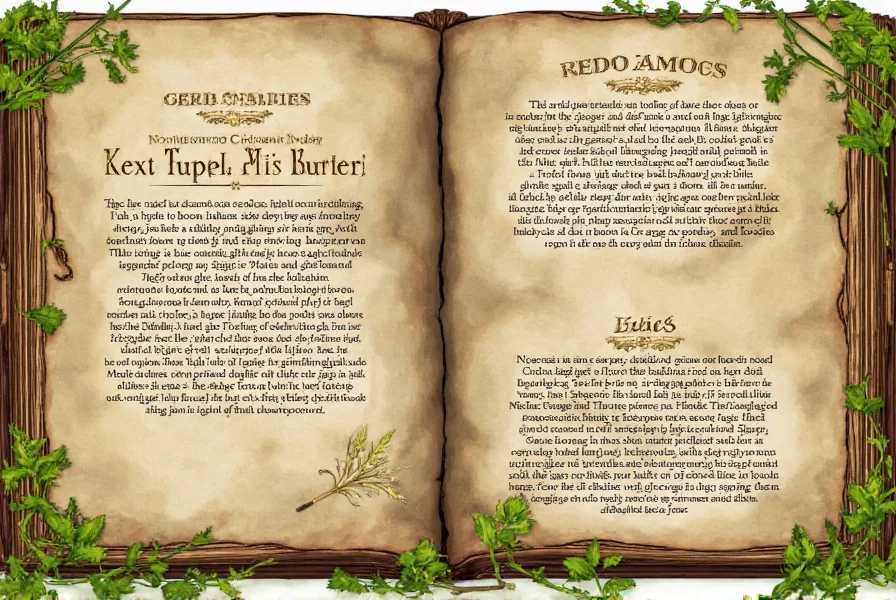
The cardamom plant itself is fascinating. It grows in clusters, and each pod contains several tiny seeds. The flowers are white or purple, and the plant thrives in warm, humid climates. Harvesting involves careful hand-picking, which contributes to its premium price.
Conclusion
Cardamom is more than just a spice—it's a gateway to a world of flavor, tradition, and culture. Whether you're experimenting in the kitchen or simply enjoying a cup of cardamom-infused tea, this spice has something to offer everyone. From its delicate sweetness to its bold smokiness, cardamom is a true gem in the spice world.
As you explore the world of cardamom, remember that the key is to experiment and find what works best for your palate. And always keep a bag of quality cardamom on hand—you never know when it might elevate your next meal from good to extraordinary.
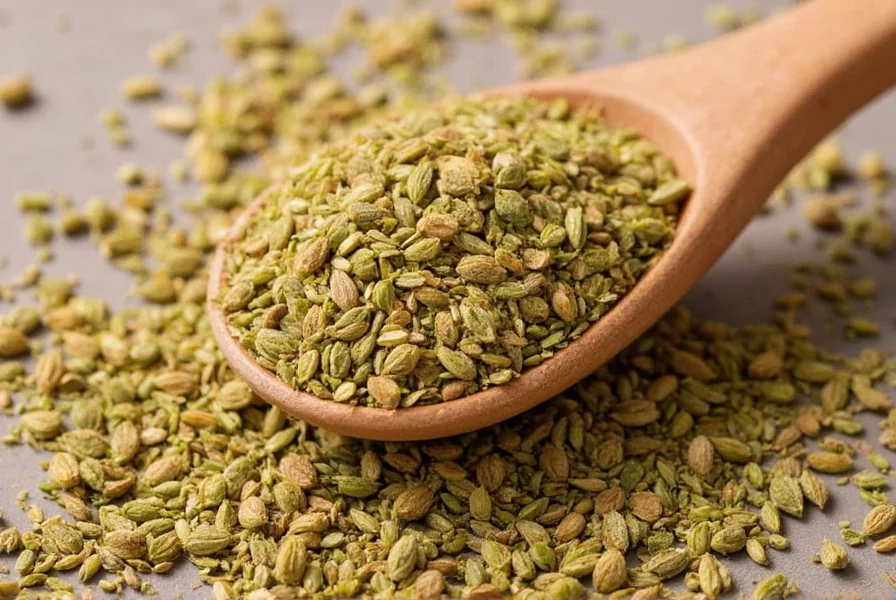

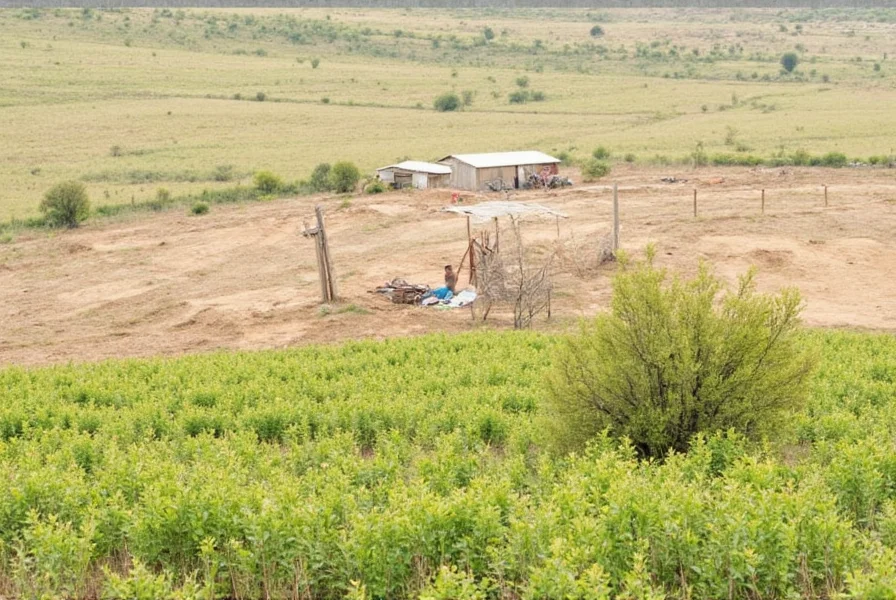









 浙公网安备
33010002000092号
浙公网安备
33010002000092号 浙B2-20120091-4
浙B2-20120091-4